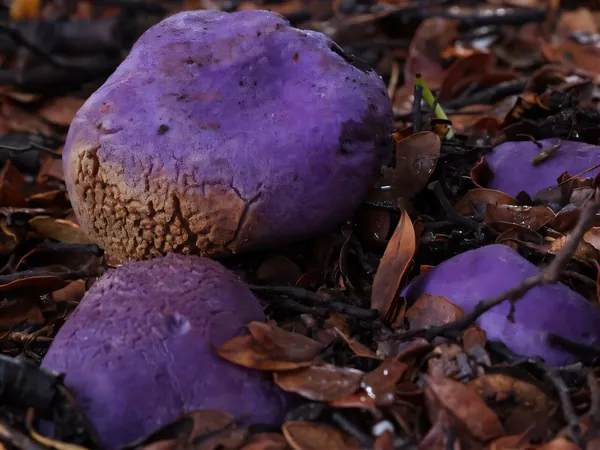
Extinct Moa: The Unlikely Gourmet of New Zealand’s Colorful Fungi?
2025-01-15
Author: Nur
Introduction
In a groundbreaking study, researchers at Manaaki Whenua-Landcare Research, alongside the University of Adelaide and the University of Auckland, have unveiled a fascinating aspect of New Zealand's extinct moa: these staggering, flightless birds once feasted on vibrant, truffle-like fungi that still thrive in the region today. The findings, published in the esteemed journal *Biology Letters*, stem from an innovative DNA analysis of fossilized moa dung.
The Role of Climate Change
With the ongoing challenges posed by global climate change, scientists are urgently exploring how various species adapt to shifting ecosystems—particularly regarding alterations in precipitation, humidity, and temperature. Intriguingly, recent research has shown that truffles, which predominantly grow underground, form symbiotic relationships with tree roots, providing significant benefits to forests that could help them withstand climate disruptions.
Research Endeavors
As part of their inquiry into these ecological dynamics, the research team pondered an essential question: Could truffles play a pivotal role in adapting to climate shifts in New Zealand? They emphasized the necessity of a spore disperser—an organism finetuned to transport truffle spores to new habitats for long-term survival.
Dispersal Dynamics
In regions such as the U.S., mammals like squirrels perform this crucial role, but New Zealand’s unique wildlife lacks such creatures. The native truffles have historically relied upon birds as dispersers, needing large avians capable of unearthing the subterranean fungi. That’s where the moa comes in—ideally suited to the task—until their extinction at the hands of humans in the 1400s. Until now, however, definitive evidence linking moas to truffle consumption had remained elusive.
Breakthrough Discovery
The breakthrough came through the analysis of fossilized coprolites (ancient dung) excavated from a cave near the upper Tākaka River catchment in northwest Nelson, alongside another sample preserved in a museum. Genetic testing revealed that the moa responsible for these droppings had recently dined on a variety of truffle-like species, notably the widely recognized *Gallacea scleroderma*.
Concerns for the Future
The researchers express concern that as climate change continues to exert pressure on New Zealand’s forests, the delicate balance that allows for the survival of truffles may collapse. If these fungi can no longer thrive, it could pose a significant threat to tree health and forest ecosystems.
Conclusion & Implications
In a twist of fate, the moas’ extinction may not only impact the past but also cast shadows on the future of biodiversity in New Zealand. This revelation beckons the question: could ongoing efforts to restore threatened ecosystems involve revitalizing relationships between fungi and their historical dispersers? As we dive deeper into the earth's past, we may discover vital clues that inform our ecological strategies for tomorrow.
Call to Action
Stay tuned as we continue to unravel the mysteries of New Zealand’s unique flora and fauna in the face of a rapidly changing climate!
 Brasil (PT)
Brasil (PT)
 Canada (EN)
Canada (EN)
 Chile (ES)
Chile (ES)
 Česko (CS)
Česko (CS)
 대한민국 (KO)
대한민국 (KO)
 España (ES)
España (ES)
 France (FR)
France (FR)
 Hong Kong (EN)
Hong Kong (EN)
 Italia (IT)
Italia (IT)
 日本 (JA)
日本 (JA)
 Magyarország (HU)
Magyarország (HU)
 Norge (NO)
Norge (NO)
 Polska (PL)
Polska (PL)
 Schweiz (DE)
Schweiz (DE)
 Singapore (EN)
Singapore (EN)
 Sverige (SV)
Sverige (SV)
 Suomi (FI)
Suomi (FI)
 Türkiye (TR)
Türkiye (TR)
 الإمارات العربية المتحدة (AR)
الإمارات العربية المتحدة (AR)